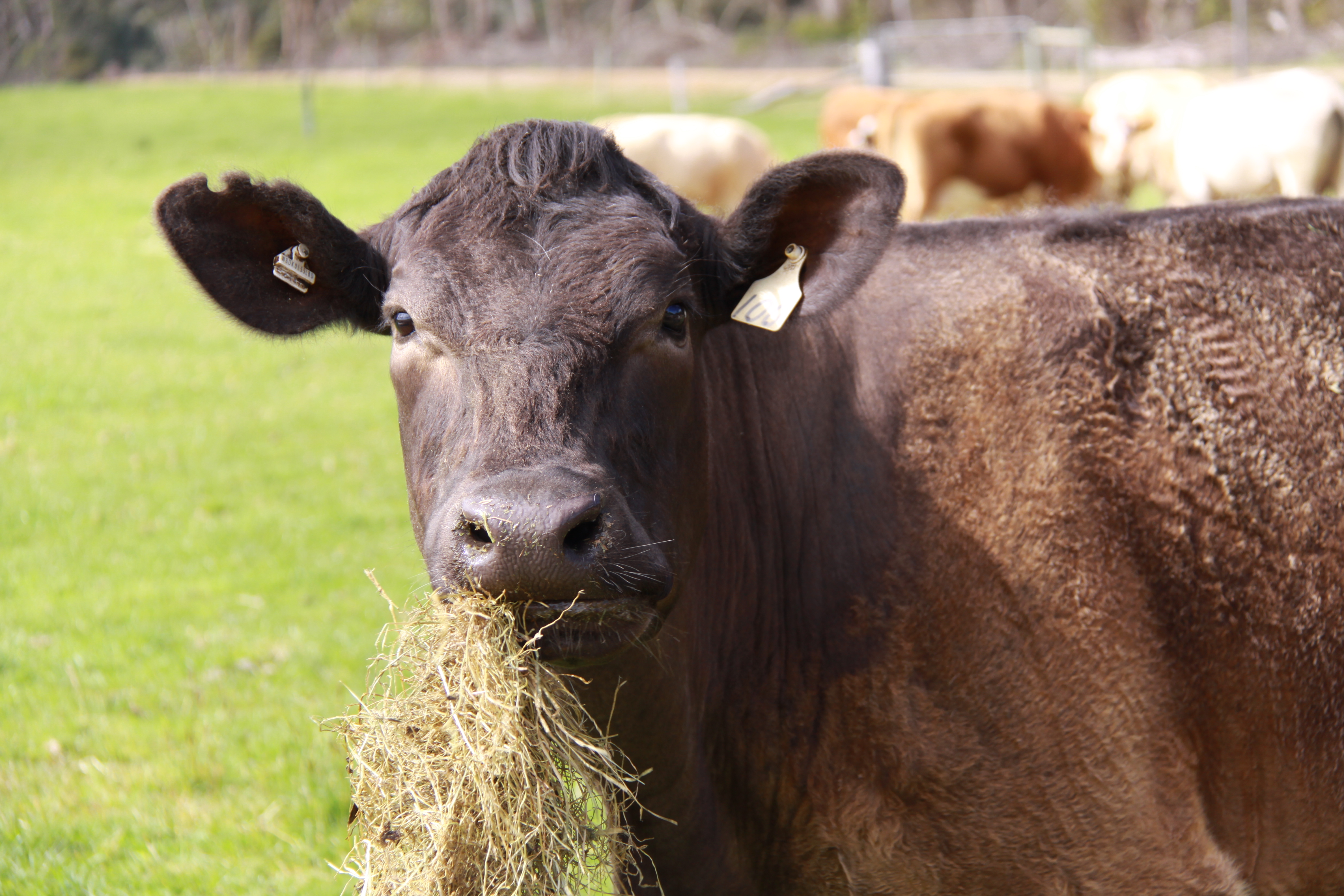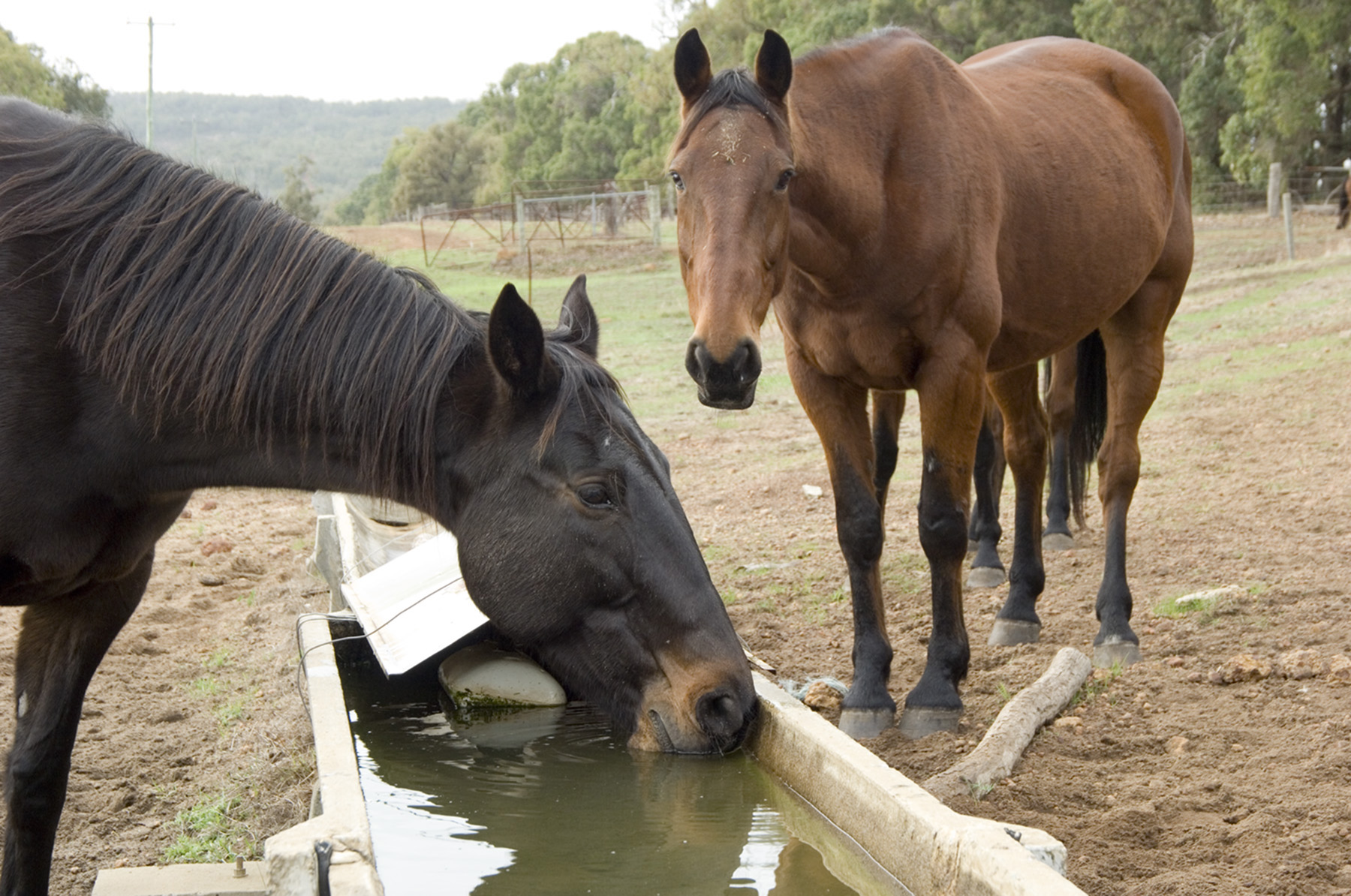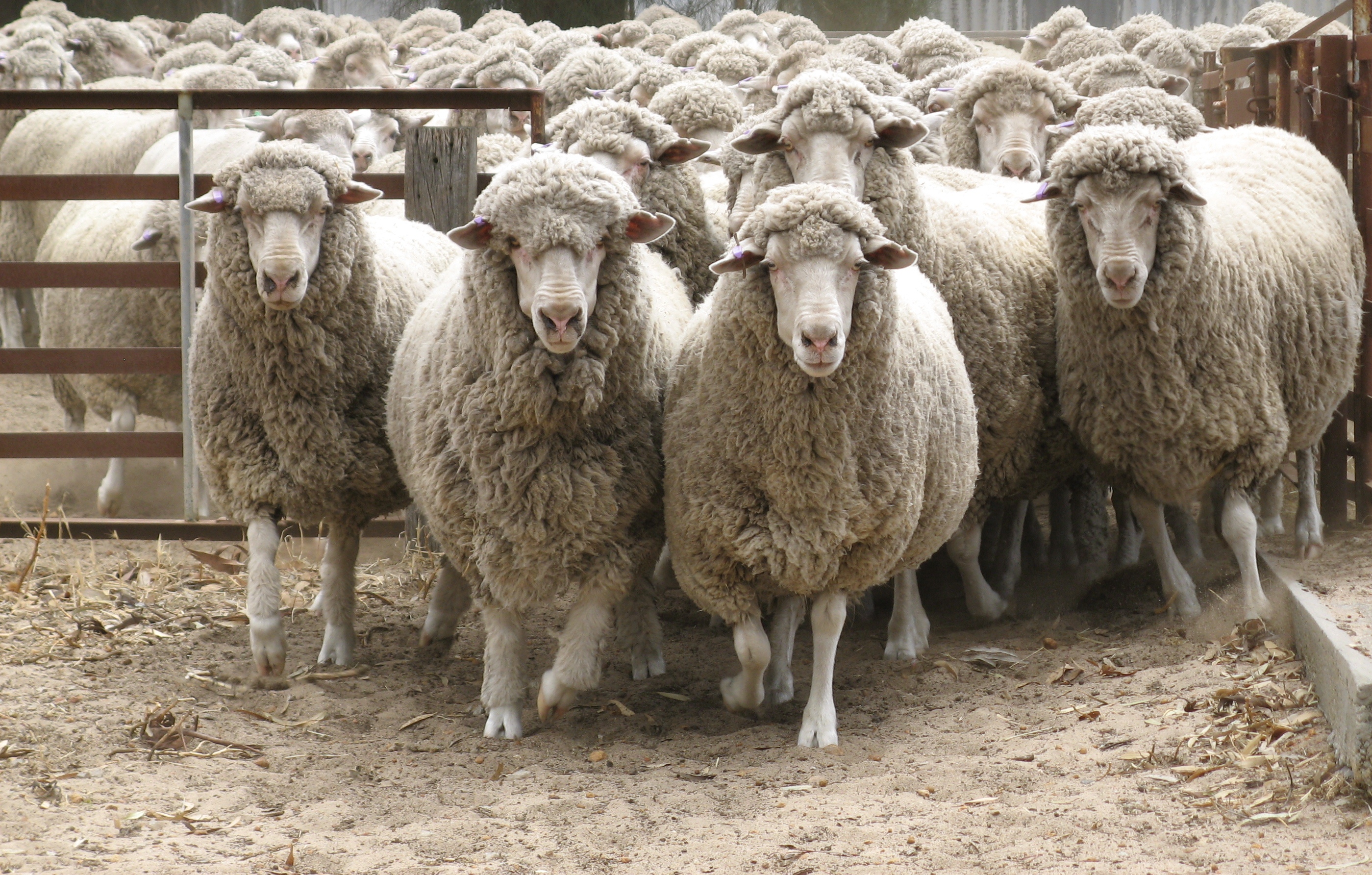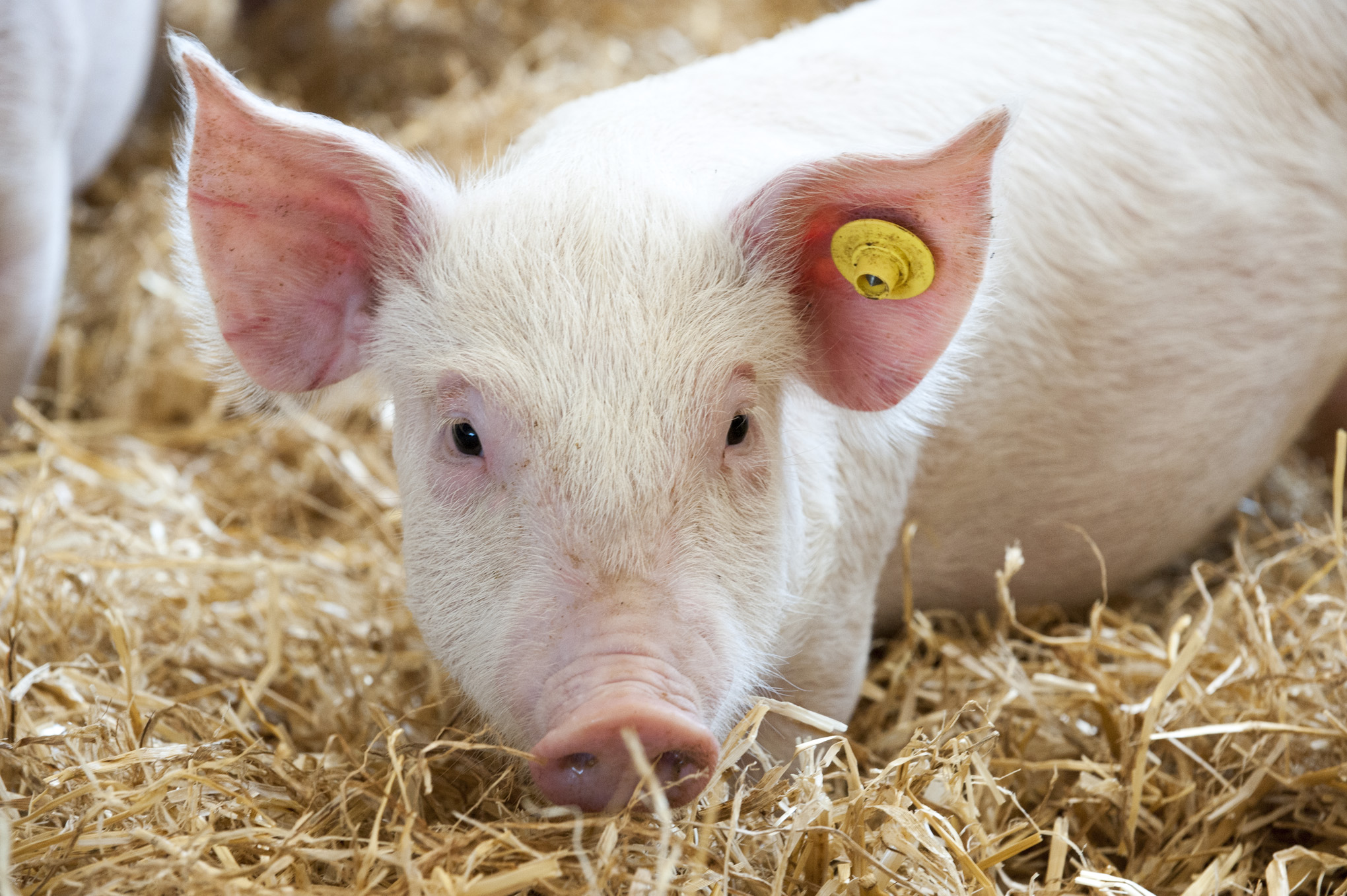
Anthrax is a reportable disease in Western Australia.
Anthrax is a serious zoonotic disease.
The presence or any signs or suspicion of anthrax, such as sudden death in livestock or other animals with bloody discharges, must be reported immediately. Do not move a carcass or perform a post-mortem procedure if you suspect an animal has died from anthrax. Notify your local DPIRD veterinarian, who can access an in-field immunochromatographic test (ICT - for animals that have died within the past 48 hours).
Anthrax is an infectious bacterial disease caused by the bacterium Bacillus anthracis, the spores of which can remain viable for some years in soil and bones of animals that have died of anthrax. Anthrax can affect many domestic and wild animals including humans; however, most cases occur in livestock.
Outbreaks often follow soil disturbance or major weather events such as heavy rain or prolonged drought. The disease has occurred on every continent except Antarctica. Anthrax continues to be uncommon in Australia with clinical cases of disease only seen sporadically. Western Australia has only recorded cases in a localised, isolated area in the southwest of the state, north of Albany. The remainder of Western Australia is considered to be free of anthrax.
Treatment for anthrax is rarely possible as affected animals die quickly.
Vaccination against anthrax is very effective, with full protection taking about 10-14 days to develop after administration.
The primary sign of anthrax in animals is sudden death, often with bloody discharges with failure of blood to clot.
Look out for these further signs:
- bloody or tarry discharge from mouth, nose or anus of dead animals with failure of blood to clot.
- oedema of the chest abdomen and limbs with or without colic and/or diarrhoea in horses
- fever, dullness and swelling of the neck and face in pigs
- carnivores such as dogs and cats are generally resistant to anthrax. Ingestion of large numbers of anthrax bacilli in infected meat is necessary to establish infection. In dogs, fever with swollen throat can be seen
- sudden drop in milk production or red-strained milk in diary cattle.
Some endemic diseases in livestock can present similarly to anthrax such as clostridial infections, bloat and lightning strike (or any cause of sudden death).
In horses, colic, lead poisoning and equine infectious anaemia which is a reportable animal disease in Western Australia may present similarly.
In pigs, classical swine fever and acute swine fever which are exotic to Australia may present similarly.
In dogs, acute systemic infections and pharyngeal swellings due to other causes should also be considered.
Early detection enables rapid investigation, control, and eradication.
Anthrax can be fatal if the bacteria are ingested or inhaled. If you suspect you have been exposed to anthrax, contact your medical practitioner immediately.
DPIRD provides subsidies for disease investigations where the signs are unusual or affecting several animals in a group. Ask your local DPIRD veterinarian about the Significant Disease Investigation Program.

How is anthrax spread?
Anthrax is usually transmitted by feed and water contaminated with the bacterial spores. In grazing animals, anthrax is usually spread by contact with these spores in the soil or on pastures. Spores can last in soil for up to 50 years. Spores can also remain viable for up to 200 years in bones of animals that have died of anthrax.
Spread by direct contact between infected animals or by inhalation is rare.
Humans can contract anthrax through infection of open sores while handling infected animals, carcasses, animal products and wool.

How can I help prevent anthrax?
Do not move the carcass or perform a post-mortem if you suspect an animal has died from anthrax. The carcass must remain undisturbed, unopened and protected from predation until anthrax is ruled out. All healthy stock need to be removed from the affected paddock.
The DPIRD veterinary sampling guide for anthrax is available for veterinarians performing the in-field immunochromatographic test and selective culture.

Practice appropriate on-farm biosecurity, including, but not limited to:
- appropriate use of personal protective equipment.
- thoroughly cleaning and disinfecting all equipment and footwear before leaving the property.
- removing personal protective equipment and placing in a sealed bag for future disinfection.
- washing down the tyres and wheel bays of vehicles before leaving the property.
Correct disposal of anthrax-infected carcasses is vital to minimise the spread of infective spores. Spore formation only occurs outside the carcass, so animals that die from the disease must either be burnt or buried intact.
Contact your local DPIRD veterinarian will advise on correct disposal methods.
For more information on appropriate on-farm biosecurity, see the property biosecurity page